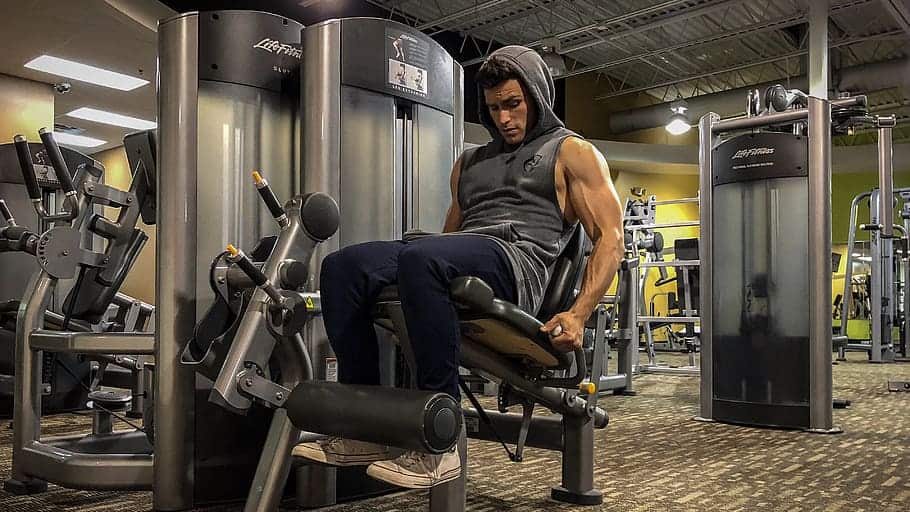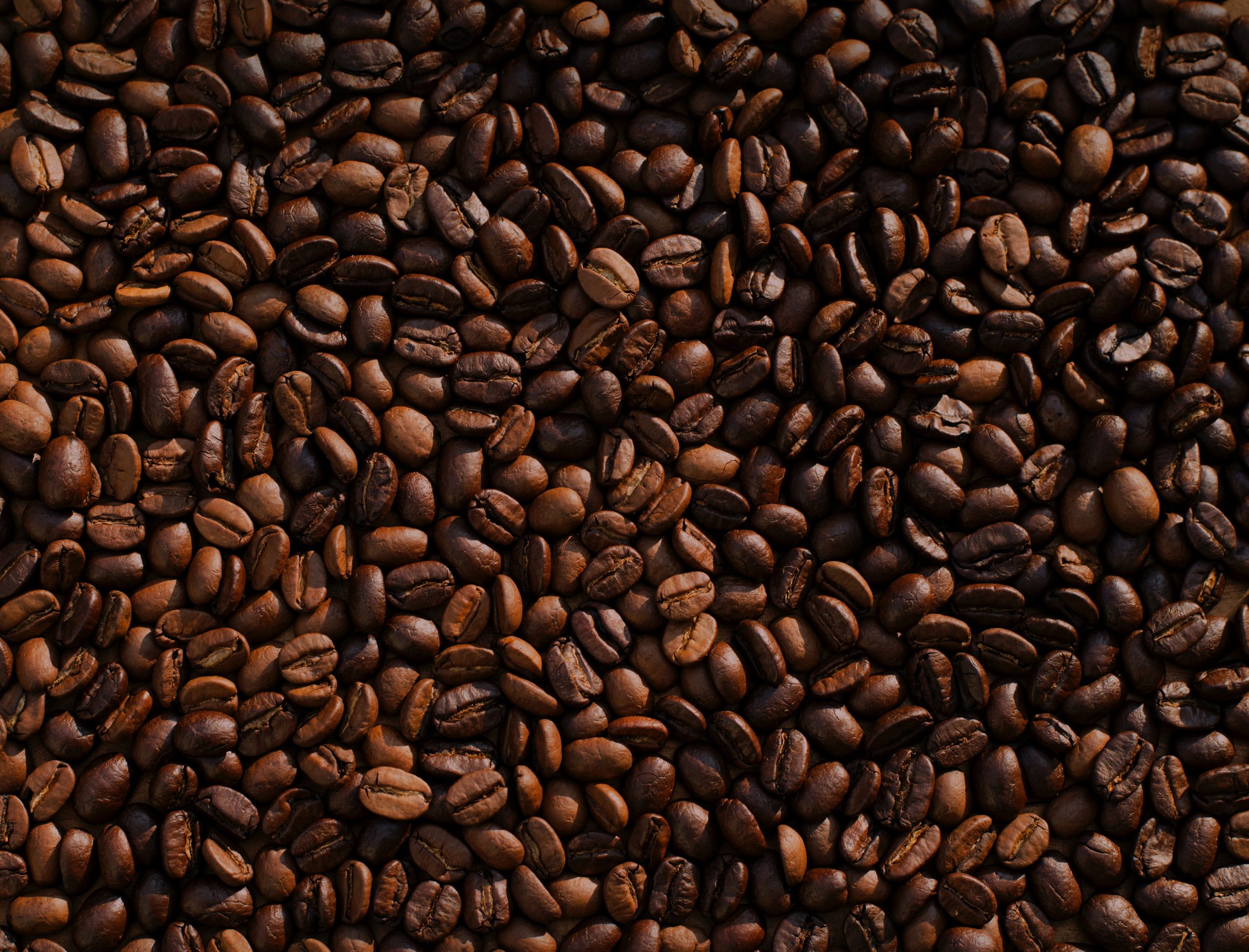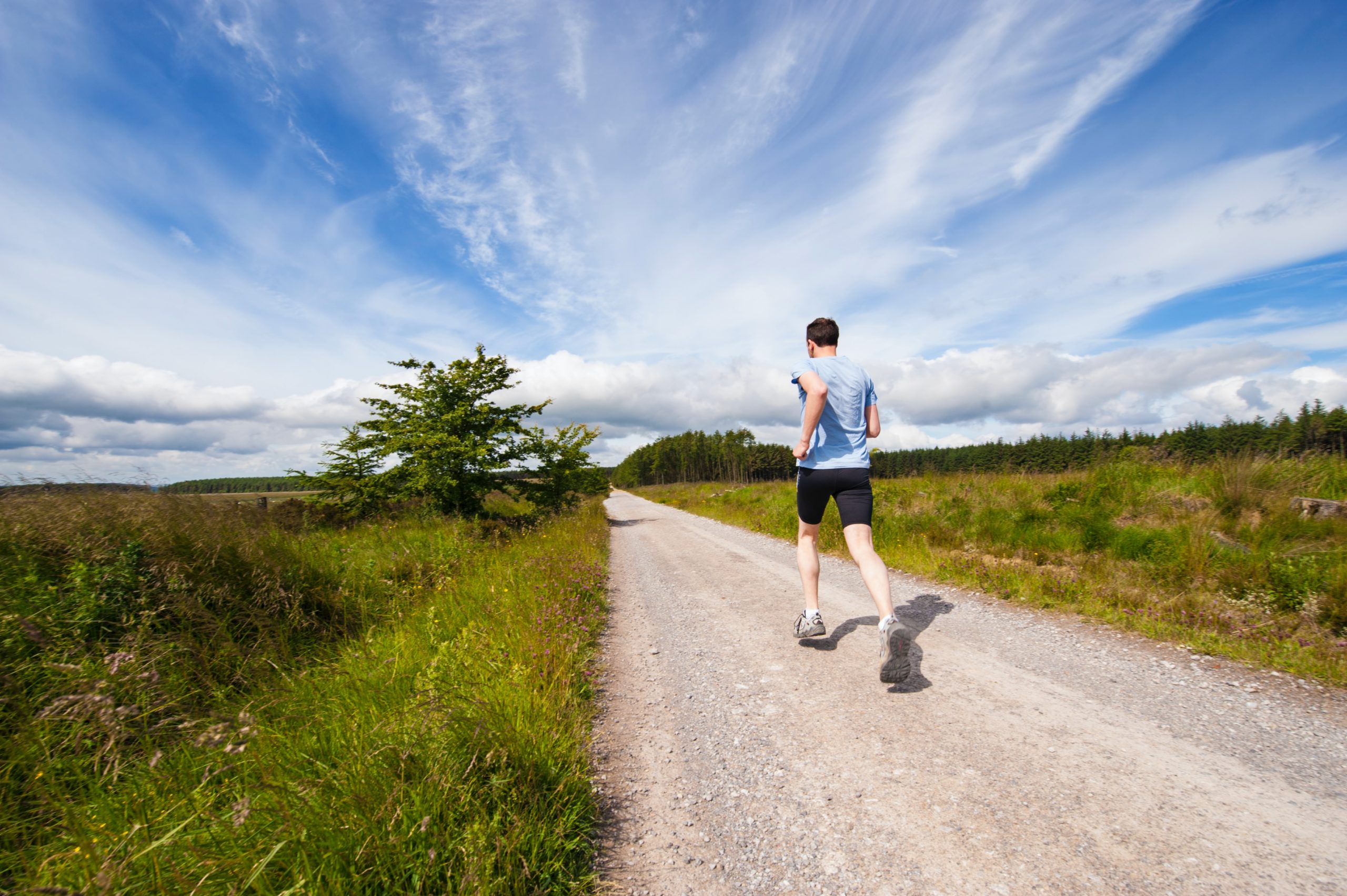
The hardest 20 minutes of your day
People waste a lot of time at the gym. They talk. They tinker with their playlist. They stare at themselves in the mirror. They stare at the cute girl on the elliptical. They stare at the meathead grunting his way to a 300lb bench press. They stare into space. An hour or so later, they leave feeling accomplished, smiling and telling themselves they worked out for an hour at the gym. But cut out all the crap, and they’ve really only been exercising for about 20 minutes. In comes this workout. It’s 20 minutes of non-stop, lung-busting, muscle-rippling, fat-burning circuit training courtesy of Mike Donavanik (C.S.C.S.), a Los Angeles-based personal trainer whose clients range from celebrities to regular joes, the creator of the Amazon top-seller “Extreme Burn” fitness DVD series, and the designer of a similar style workout, that you can do anywhere, anytime. There’s no time for distractions. There are no rests. And there’s no excuses. Bring the intensity, finish this workout, and at the end, you won’t need to pat yourself on the back (and you’ll probably be too tired anyways).
The instructions:
Do these five moves with little to no rest in between. One round is completed when you finish all five moves. When you’re done with one round, repeat, repeat, repeat until the 20 minutes have passed. Keep track of how many rounds you complete in 20 minutes and try to increase the rounds as you do the exercise more and more.
10 Pull-ups
By the third round, you’re going to be tired. Focus on using your lats (latissimus dorsi) because they’re bigger and stronger than your forearms and biceps, which will be exhausted by the time you hit the 15 minute mark. Another tip: Switch up your grips. Do wide front pull-ups for one round, then switch to close grip overhand pull-ups, then reverse grip chin-ups, then back to wide front. Variety is the spice of life and they key to muscle confusion and results. If you can’t do 10 pull-ups, do as many as you can unassisted, then use a chair or bench under the pull-up bar and stand on it while you pull yourself up, putting as little weight as possible on your feet and the chair/bench.
20 Dumbbell Squat to Presses (aka Thrusters)
Keep your chest up and core tight during the entire movement. Resist letting your chest fall forward as you get tired. If you have the range of motion, drop into a deep squat, letting your elbows touch your knees, before thrusting the weights and your body upwards, utilizing the power from your legs to hep you press the weights overhead. Don’t underestimate the power needed in your legs. As Mike advises, “Pretend you’re going to throw the dumbbells through the roof.”
30 Hand Release Pushups
Bring your chest all the way to the ground but keep your hips, thighs, and crotch off the ground. Take your hands off the ground to release all tension, then place them back down and press up into the top of the push-up. This move is so effective, and Mike’s favorite move of the workout, because it works your chest through a greater range of motion. It also requires you to generate more force and power because when you’re on the ground, you’re coming from a “dead” position. After thirty, you’re going to feel pretty dead, too.
40 Kettlebell Swings
This move is all about using the hips, glutes, and hamstrings. Don’t do any “muscling” with your arms and shoulders. They’re only there to hold the kettlebell so think of them simply as an extension of the kettlebell, not an area that should be doing any real lifting. For the right posture and form, watch the video above. Form and quality is extremely important here. Fast forward to the 2:45 mark to see the perfect kettlebell swing form.
500 Meter Row
The most common mistake people make with rows is thinking that the back is the primary muscle and mover during the row when in reality, it’s the legs. Mike says the problem with most people’s rows is “they never pull all the way back before coming back in–meaning as their arms are still traveling back to their chest, their legs have already started going back to the start position.” The video above demonstrates the proper form.






